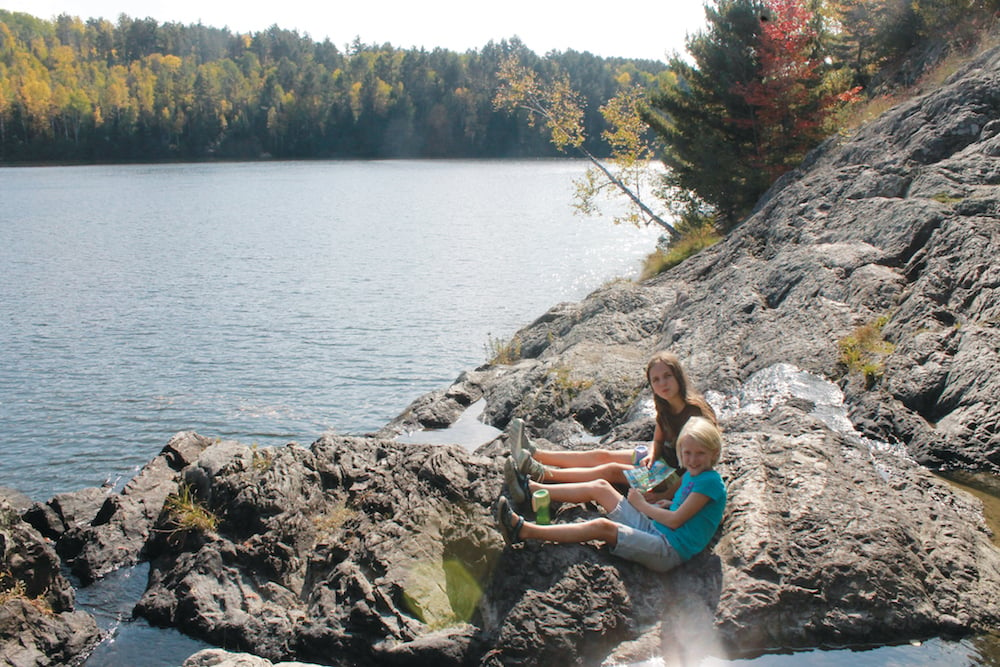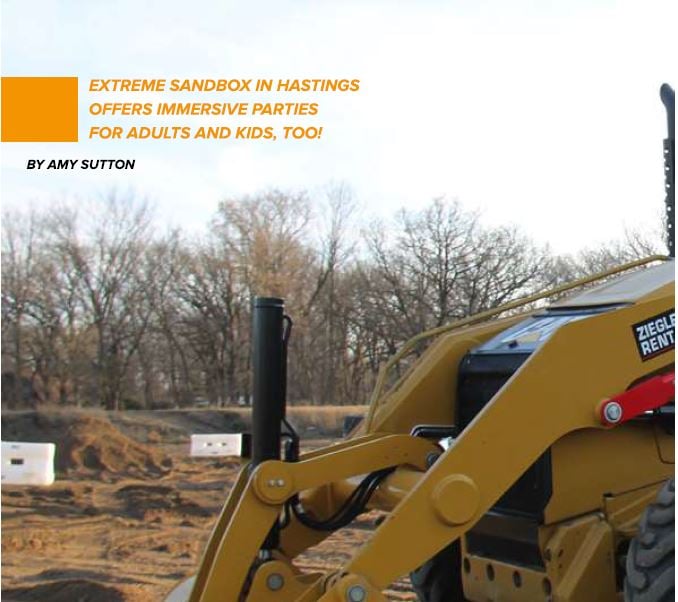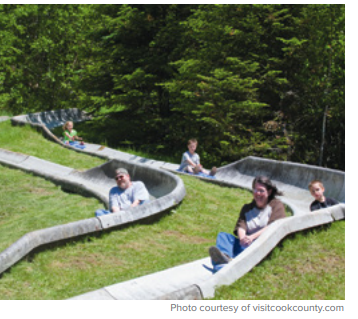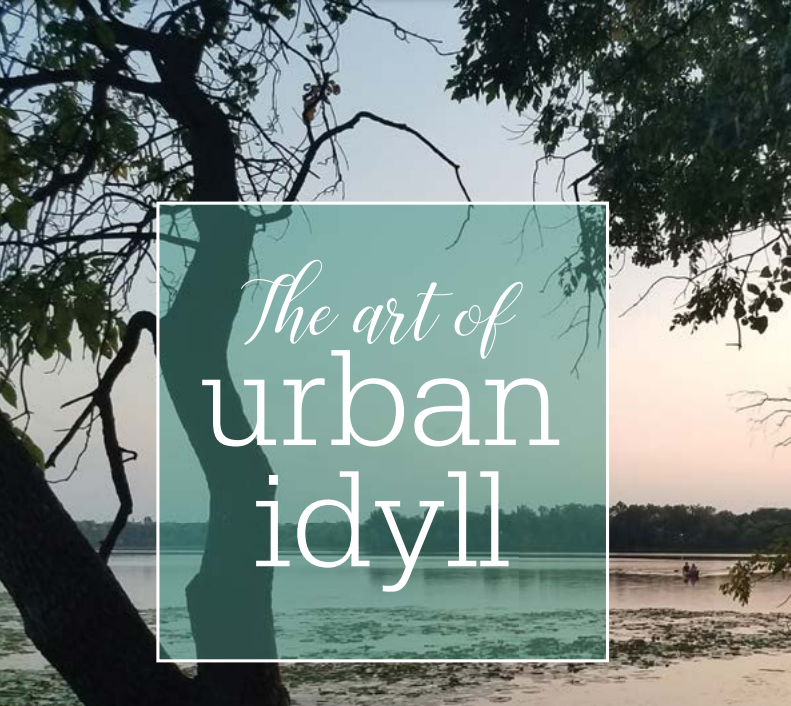We have an abundance of beauty and nature in Minnesota. Why not share that with your children by taking them for a hike?
I know: Hiking with young children can be a challenge, to say the least.
But it offers so many rich benefits. In my own experiences, there have been many not-so-enjoyable “trails of tears” with my own little ones getting frustrated or tired when we’ve been outdoors.
On the other hand, we’ve had many fun outings — visiting waterfalls, hiking up blueberry ridges and even taking simple hikes down raspberry bush-lined dirt roads.
By continuing to make an effort to get outside and explore nature, I’ve noticed my children gain good habits, including mindful observation and an understanding of our natural environment through first-hand experiences.
And, as they’re getting bigger and more independent, it’s getting easier.
As an adult, getting out for walks in nature with my kids has helped me to learn how to slow down and pay attention. Observing the excitement and wonder of simple discoveries through the eyes of a child has given me new perspectives on my surroundings.
As a parent of four children between the ages of 4 and 10, I’ve discovered and experienced three distinct ways to explore the natural world on foot:
Go alone: I like to carve out pockets of time to explore the outdoors by myself. Hiking or simply going for a walk down a tree-lined trail helps me recharge and clear my mind. It can also be good exercise. When taking a hike without kids, I’m limited only by my time away from work and family responsibilities, my ability level and my desire.
Carry the kids: I’ve spent many years with a child strapped to my body. In fact, my youngest is still within the weight limits of his Ergo baby carrier. With the right equipment and timing, your young child can nap in a backpack baby carrier or stroller, while you enjoy outdoor activities with your older children.
Let them trek: This requires the most patience by far. Indeed, it’s more about the journey than the destination (though a nearby goal such as a waterfall doesn’t hurt). Understand — and accept — your children’s developmental abilities.
When you shift your mindset from the completion of a desired route to just being present in the moment with your young child, your time together can help your child form a strong bond with nature (and you) as well as create a new awareness of local flora and fauna.
Another bonus? You’ll be making memories (nearly) every step of the way.
Megan Devine is an elementary school teacher who lives with her husband and four children in Northeastern Minnesota. She blogs at kidsandeggs.com.


























